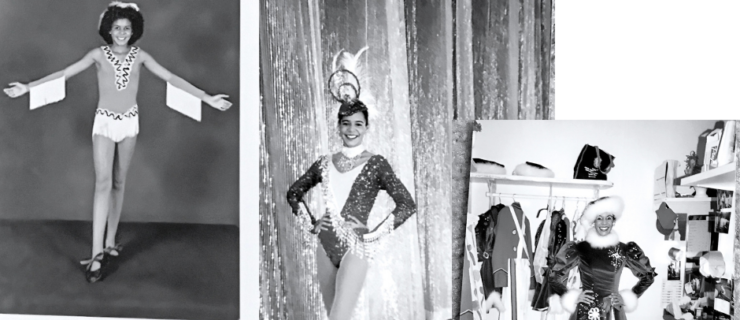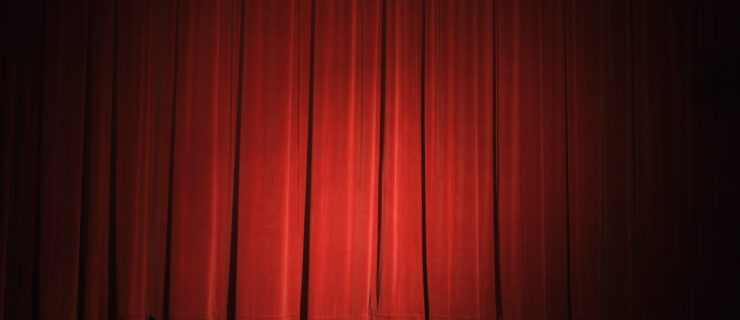Abilities Dance Boston Reimagines Fairy Tales From a Disabled Perspective
Ellice Patterson founded Abilities Dance Boston in 2017 in response to the lack of professional opportunities she encountered in the greater Boston area for dancers with disabilities. Today she serves as both artistic and executive director for the small-but-growing organization. In addition to its professional performing company, Abilities Dance Boston works to disrupt ableist stereotypes via community engagement, cultural capacity-building, and political advocacy.
Abilities Dance premieres its latest work, Tales from the Crips, in person and via livestream on November 8 and 9 at Boston’s Strand Theatre. The ballet reframes disability narratives within familiar fairy tales—for example, a Sleeping Beauty with long COVID or chronic fatigue—centering each character’s experience as something to celebrate rather than hide. Patterson took a moment to discuss Tales from the Crips and Abilities Dance’s broader mission.
How do the different branches of Abilities Dance reflect your artistic vision?
I identify as a multiply disabled, queer Black woman, and all of those identities come through in our artistic and advocacy work. We have a professional company that includes Disabled and non-Disabled artists, and the many diverse identities that folks bring into the space contribute to the fabric of the work. We also have an engagement program that brings adaptive dance education classes for students and elders to a variety of community spaces. Our access team provides services like ASL and audio descriptions. Depending on the show, multi-genre artists like animators will contribute as well. What’s most important, though, is that we come together to use dance as a tool for advocacy.
Have you seen any change in the dance field regarding disability, ableism, and opportunities for Disabled artists?
We’re all on an access journey. I’ve seen cultural competency change over time, not just for myself but rippling outward in the greater Boston arts and culture sector. It’s more common to see access measures implemented, from captioning and ASL to sliding scales and livestreams. It’s exciting because it means folks don’t have to rely solely on our shows, or the work of other disability-centered organizations.
Arts leaders have a deeper understanding about how to support not only audiences and students but also their own teams. I see more Disabled hires in the community. We have been chronically under- or unemployed, and seeing more Disabled folks promoted into leadership positions means they’re making choices based on lived experiences.
You’re balancing artistic and executive leadership with culture-making and political advocacy. How are you managing all these roles?
It’s hard. Traditionally, as a leader, you’re conditioned to take on extra responsibility when other folks are at capacity. But what if you’re the Disabled leader who also needs support? We’re having conversations internally about how to share access needs. I have family to vent to, and chosen family. We’re all trying our best to practice interdependence.

What sets Tales from the Crips apart from other fairy tale ballets?
This ballet is inspired by a book called Disfigured, by Amanda Leduc. Her book investigates fairy-tale tropes and how they impact our understanding of the world. Who do we see as the hero? Who gets to be beautiful and who is “ugly”?
We reimagined these fairy tales by putting ourselves in the narrative and removing the ableist tropes. The storylines come together to discuss disability as something to be embraced and welcomed. For example, I’m playing the Little Mermaid character, using crutches and aerial silks to contribute to the story and extend my movement. I consider my crutches to be an extension of my body. It’s only natural that they be included in my movement practice.
Is Tales from the Crips specifically for Disabled audience members?
We’re addressing access needs in a variety of ways, including a sliding scale, captioning, ASL interpretation, and more. Based on the title, non-Disabled people might not think the work is for them. But there are elements in this show for non-Disabled audience members to learn from. This ballet can help people think about how to be more inclusive in their own communities.




